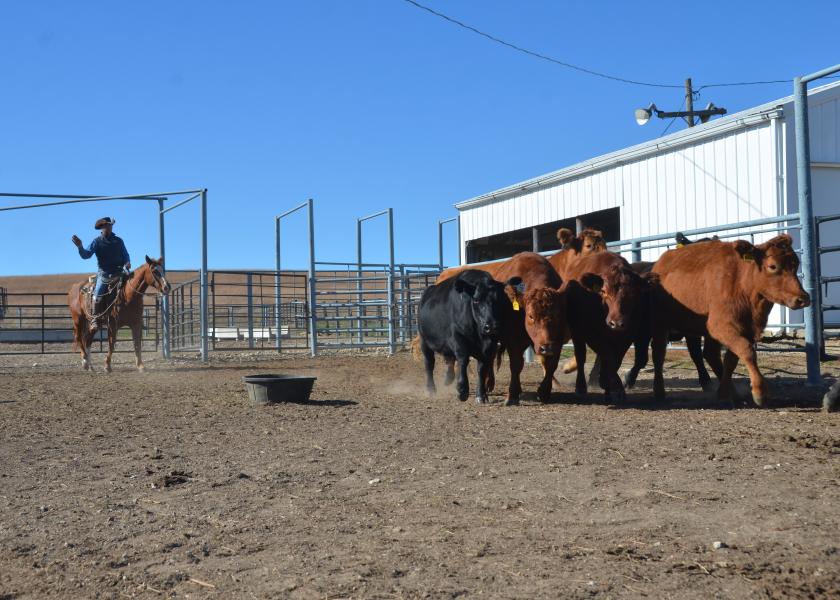Farm Journal Ag Labor Survey

While commodity prices, regulations and trade issues make headlines, ag labor remains a broad area of concern for American farmers and ranchers. Finding qualified workers tops the list of those labor concerns, according to a 2019 Farm Journal survey of 2,100 farmers and ranchers.
In December, the U.S. House of Representatives passed the Farm Workforce Modernization Act, legislation that has strong backing from most agricultural groups, but is opposed by the American Farm Bureau Federation and some conservative groups.

The bill would ease immigration for agricultural workers and has the support of dairy groups because they say it is an opportunity to alleviate some the labor pressures facing dairy farmers. Opponents say the bill would lead to higher wages for farmworkers and make farm employers legally vulnerable.
To better understand the current environment for employers and employees in the U.S. agricultural sector, including production of row crops, livestock and produce, Farm Journal conducted an online survey during June to September 2019. The objective was to capture information about employment practices common to employers in distinct production ag sectors and understand employer and employee views on key labor-related issues. (Drovers is owned by Farm Journal.)

Invitations were sent via e-blast to more than 100,000 individuals in the agricultural sector in the Farm Journal Farm Reach database. Participants self-selected as being either an employer or employee in an agricultural operation. Total responses were collected from 1,785 employers and 406 employees. The survey response total of 2,191 yields an overall margin of error of +/-2.3%.

Respondents classified themselves overwhelmingly as employers (81%), compared to employees (19%). Fifty-four percent of the respondents identified with row crop operations, 38% livestock operations and 8% produce.
Two-thirds of employers across the agricultural sector said they employ two or fewer full- or part-time employees. More than one-third (36%) of employers say three-quarters or more of their staff are non-English speaking.
Of the respondents who identified as livestock operations, 62% were beef operators, 24% dairy and 8% hog operations. One-third of beef operators responding said they manage 250 or more head of cattle, while 39% said they manage fewer than 100 head. Twenty-eight percent of respondents fell in the middle with 100 to 250 head.

Employers were asked specifically how they compensate employees. Seventy-six percent said they pay non-managers an hourly wage. Only 12% of livestock respondents employ managers, but among those who do, 65% are paid an annual salary while 35% are paid hourly.
Employee compensation, however, can include additional benefits. For instance, 17% of livestock employers said they pay bonuses based on production.

One-quarter of livestock employers offer just one day off per week, while one-third offer two days.
An overwhelming majority (82%) of livestock employers do not offer employees health insurance. Of those who do, 6% say it is paid by the employee, while 12% say health insurance is paid by the business.







